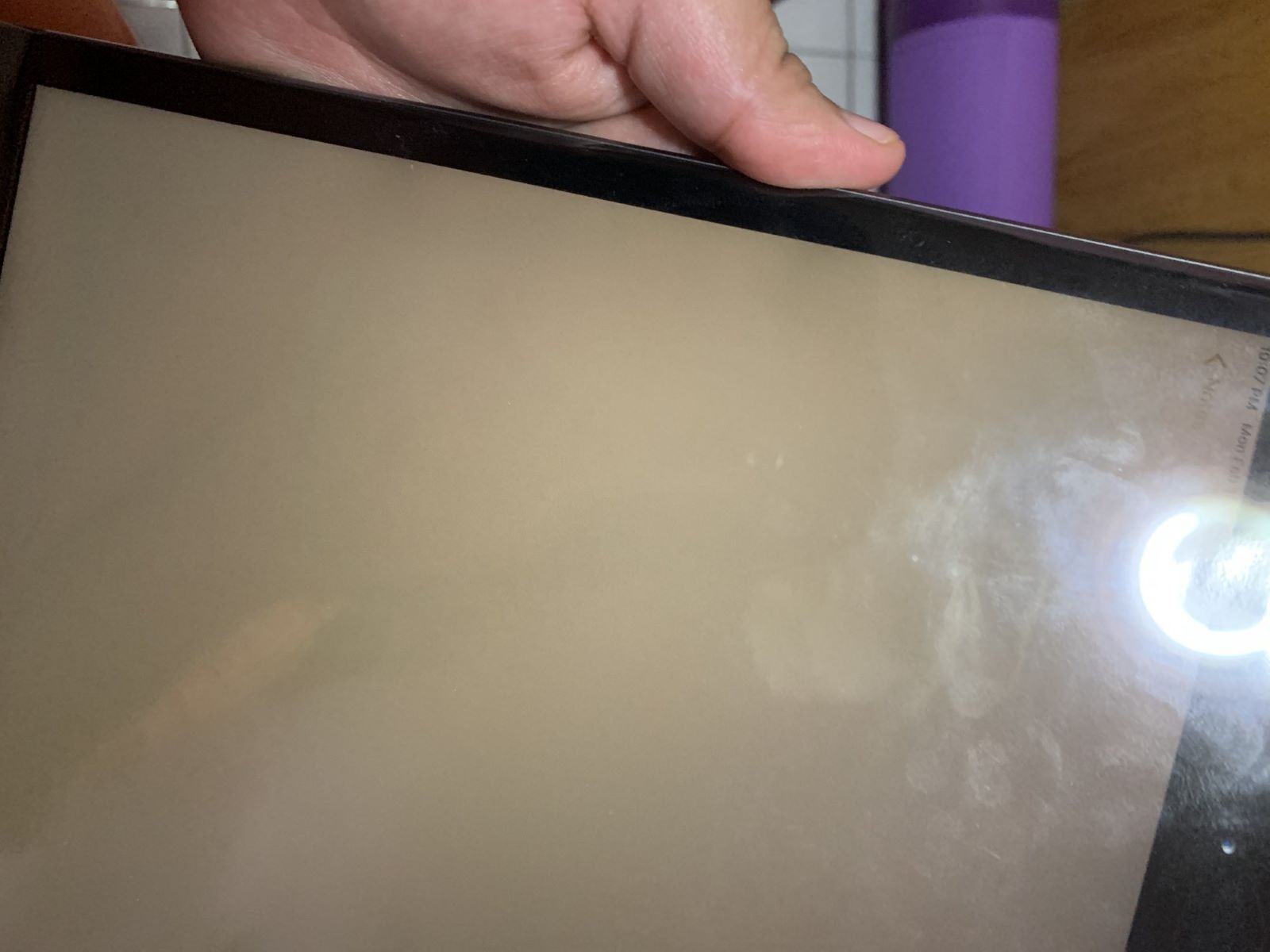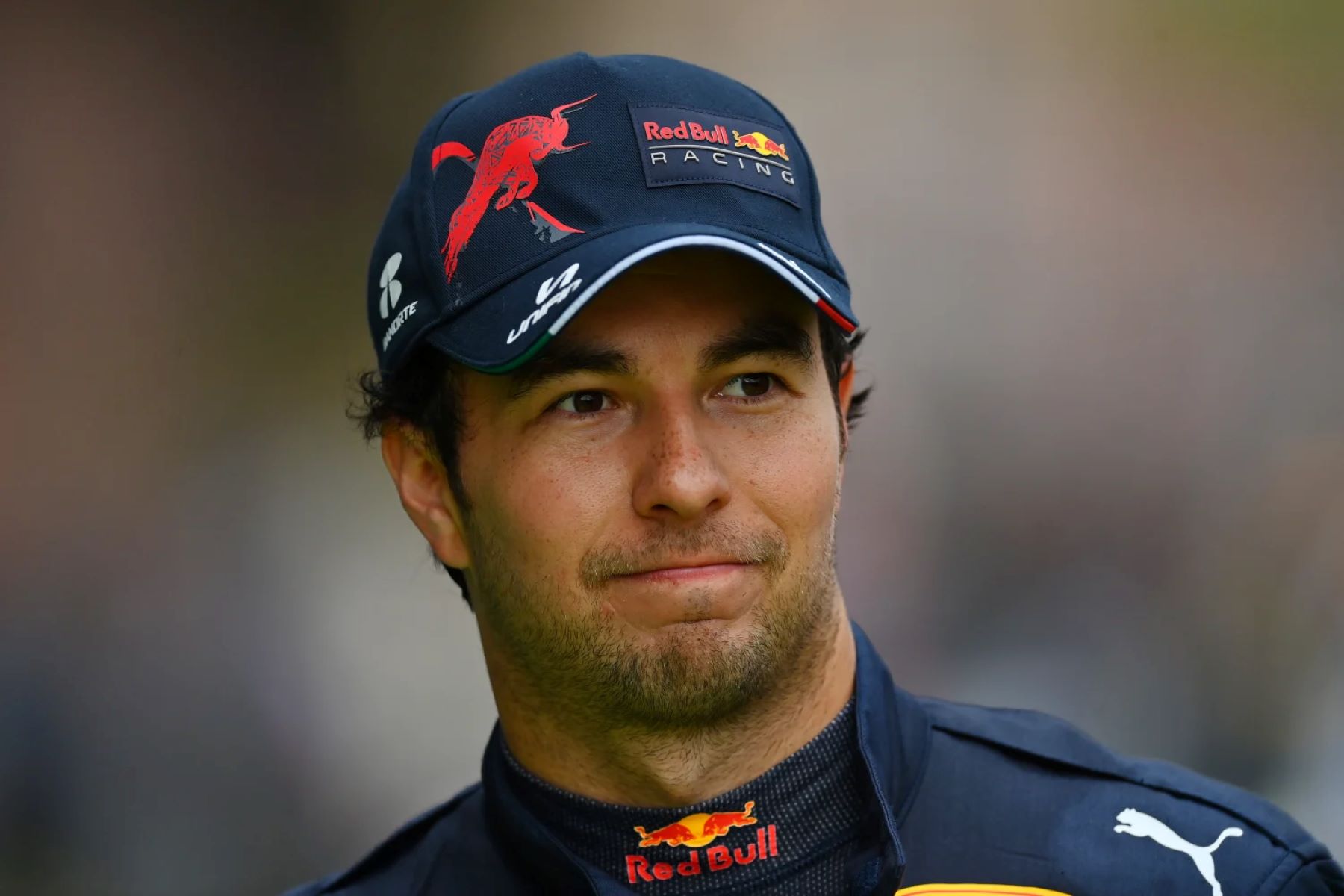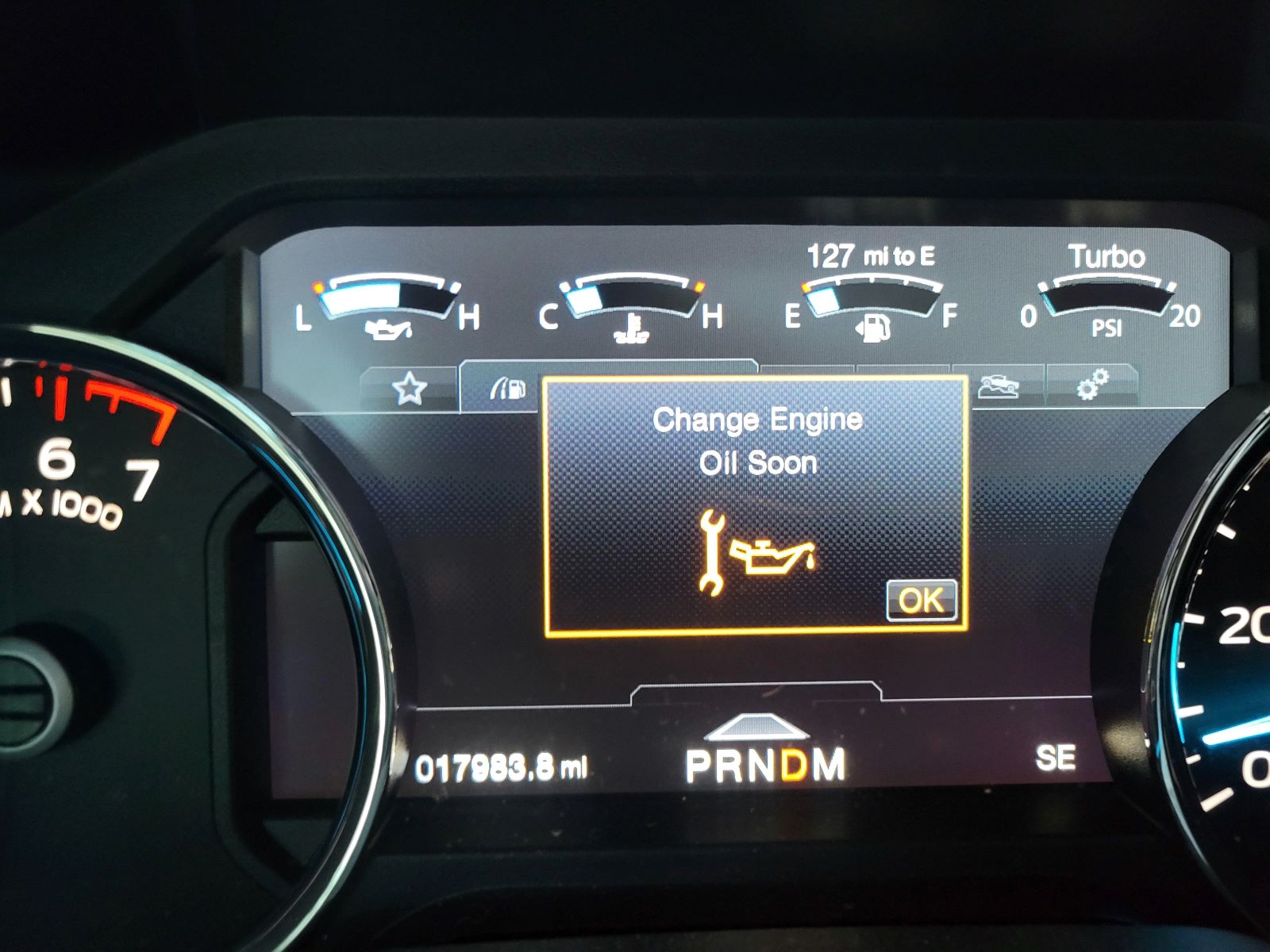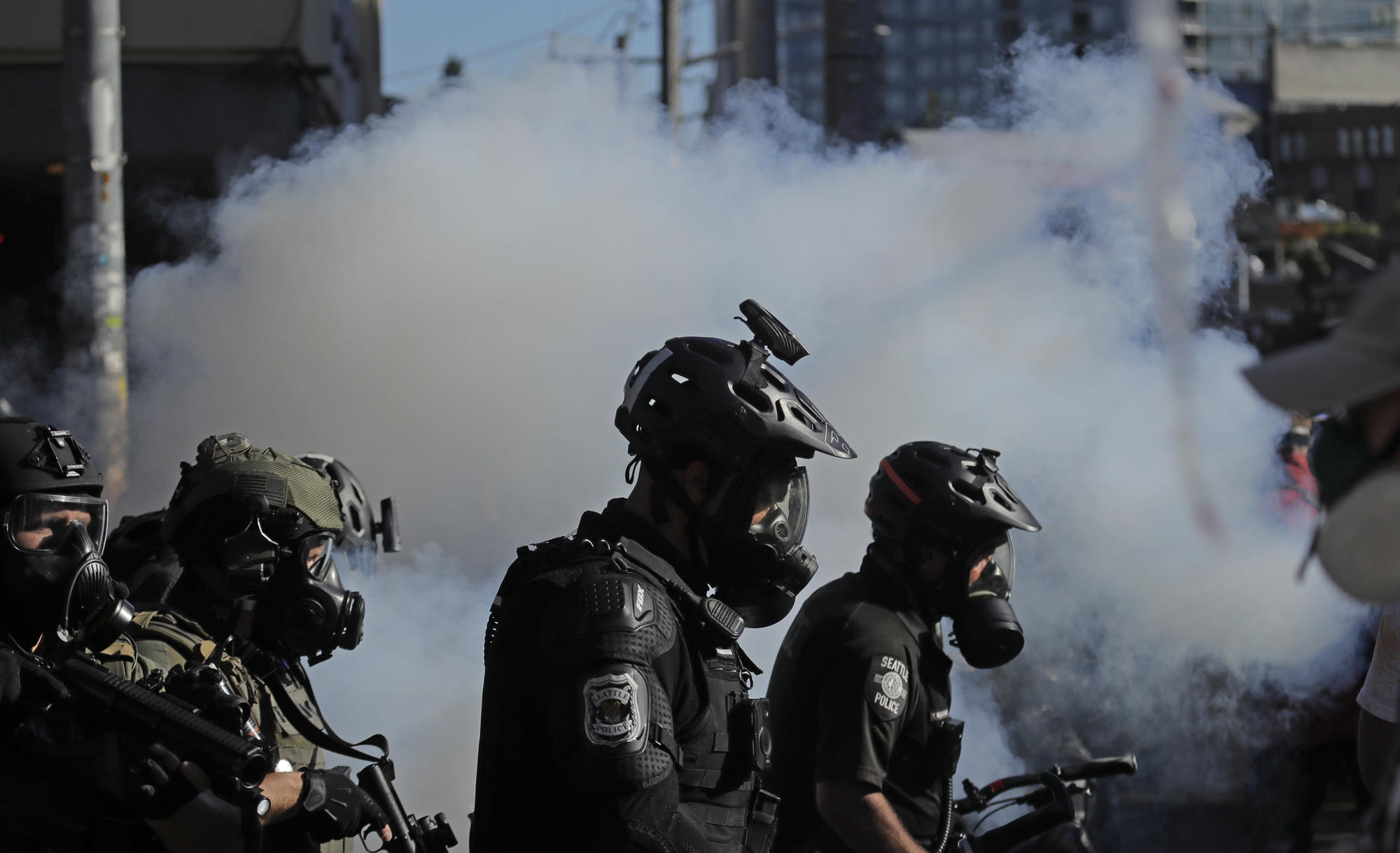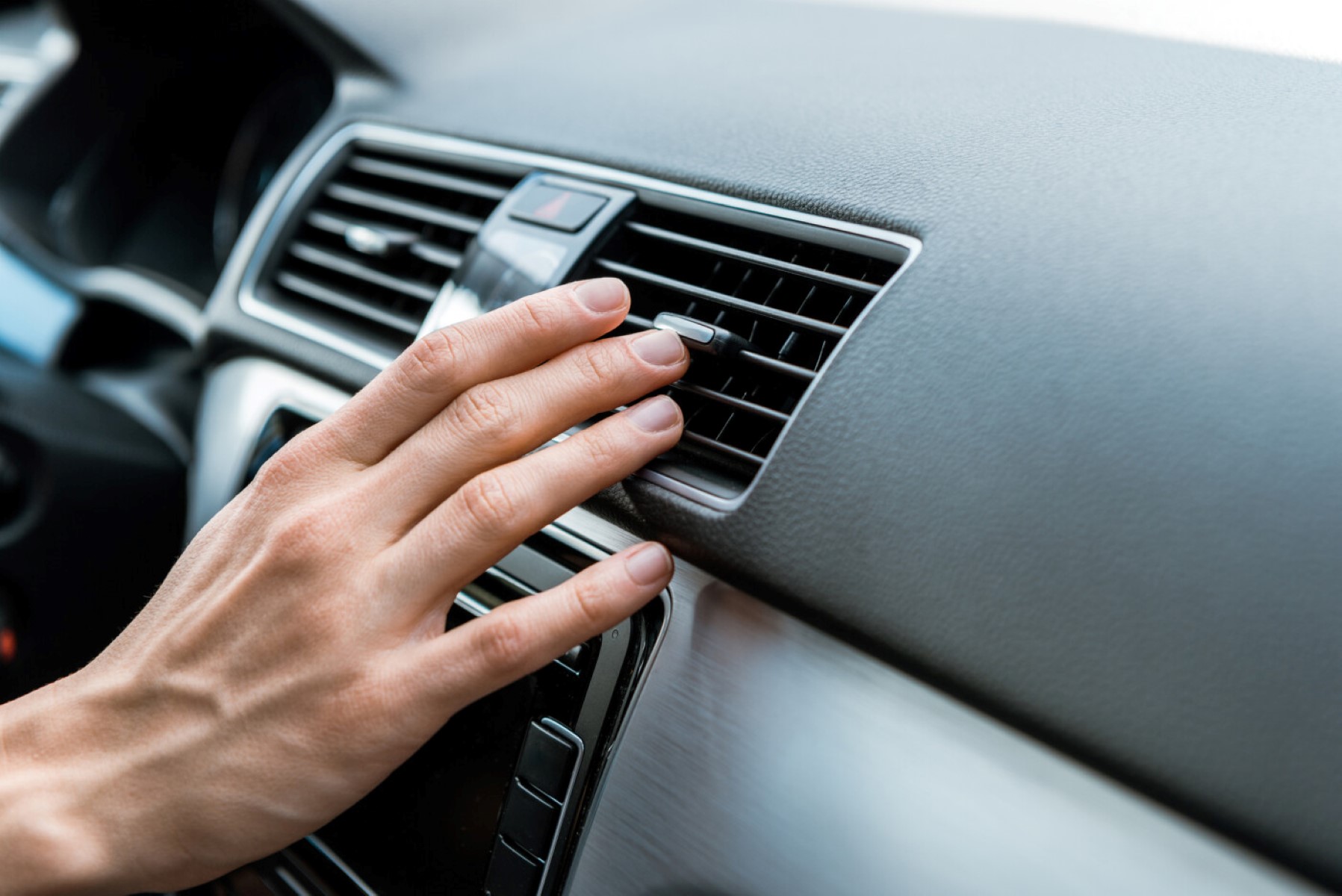Home>Law and Legal Advice>What To Do When You Lightly Bump Another Car And The Driver Is Nowhere To Be Found
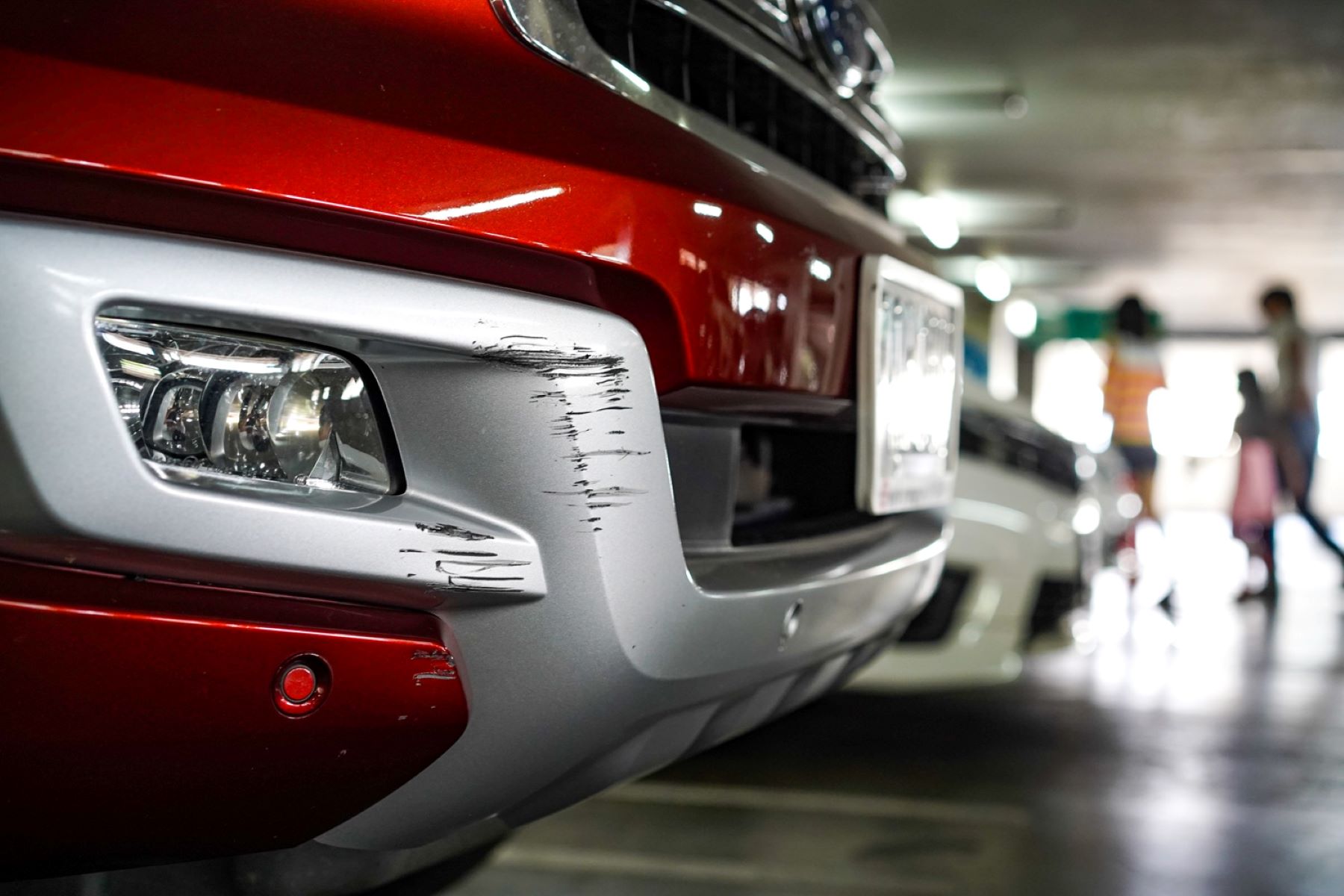

Law and Legal Advice
What To Do When You Lightly Bump Another Car And The Driver Is Nowhere To Be Found
Published: January 5, 2024
If you've lightly bumped another car and the driver is missing, get legal advice on your next steps. Understand your rights and responsibilities in this situation.
(Many of the links in this article redirect to a specific reviewed product. Your purchase of these products through affiliate links helps to generate commission for Regretless.com, at no extra cost. Learn more)
Table of Contents
Introduction
Getting into a minor fender bender can be a nerve-wracking experience, especially when the other driver is not present. It's natural to feel a surge of panic and uncertainty in such a situation, but it's important to remain calm and take the necessary steps to address the incident responsibly. Whether you accidentally lightly bumped another car in a parking lot or on a quiet street, it's crucial to handle the situation with care and diligence.
In this article, we'll explore the essential steps to take when you find yourself in the unsettling scenario of lightly bumping another vehicle and the driver is nowhere to be found. From assessing the damage to notifying the authorities and documenting the scene, each step is designed to guide you through the process of handling the situation ethically and legally.
No matter how minor the collision may seem, it's crucial to approach the situation with the utmost caution and consideration for the other party involved. By following the recommended course of action, you can ensure that the incident is resolved in a responsible and respectful manner, thus minimizing potential legal and insurance complications down the road. So, let's delve into the necessary steps to take when you're faced with the challenge of a lightly bumped car and an absent driver.
Assess the Damage
Upon realizing that you've lightly bumped another car and the driver is nowhere to be found, the first step is to assess the extent of the damage. Begin by carefully examining both vehicles for any visible signs of impact. Look for scratches, dents, or paint transfer on the other car as well as your own. It's essential to approach this assessment with a keen eye for detail, as even minor damage can have significant implications.
Take note of the specific areas where the vehicles made contact. Are there any broken or damaged parts, such as a cracked taillight or a misaligned bumper? Additionally, check for any fluid leaks or unusual sounds that may indicate underlying mechanical issues resulting from the collision.
It's important to remember that the severity of the damage may not always be immediately apparent. Even a seemingly minor bump can cause hidden structural damage, particularly to modern vehicles with complex internal components. Therefore, a thorough assessment of the visible and potential hidden damage is crucial in determining the next course of action.
In some cases, the damage may be limited to superficial scratches or scuffs, while in others, it could involve more substantial structural or mechanical issues. By carefully evaluating the damage, you can gain a clearer understanding of the situation and make informed decisions regarding the necessary steps to address the incident.
After assessing the damage, it's important to remain composed and focused as you proceed with the subsequent actions. By taking a proactive approach to evaluating the impact of the collision, you can better navigate the process of addressing the situation responsibly and ethically.
Look for Witnesses
When you find yourself in the unsettling situation of lightly bumping another car and the driver is nowhere to be found, it's crucial to look for potential witnesses who may have observed the incident. Witnesses can play a pivotal role in providing an unbiased account of what transpired, thereby offering valuable support in resolving the situation.
Begin by scanning the immediate vicinity for individuals who may have witnessed the collision. This could include pedestrians, nearby motorists, or even residents in the surrounding area. Politely approach these individuals and inquire if they saw the incident unfold. Their observations and recollections can serve as crucial evidence in corroborating the details of the collision.
In the event that you're unable to locate witnesses at the scene, consider the possibility of surveillance cameras in the vicinity. Many parking lots, streets, and intersections are equipped with security cameras that may have captured the incident. If feasible, make an effort to identify any nearby establishments or properties with surveillance systems, as the footage could provide invaluable documentation of the collision.
In the absence of immediate witnesses or surveillance footage, it's important to broaden the search for potential observers. This could involve reaching out to businesses or residences in the vicinity to inquire if they have surveillance footage or if any individuals may have witnessed the incident from their vantage point.
When engaging with potential witnesses, maintain a respectful and considerate demeanor, and be mindful of their time and willingness to assist. Clearly and accurately document the contact information of any witnesses, as well as their statements regarding the incident. This information may prove instrumental in corroborating your account of the collision and facilitating a smoother resolution of the situation.
By actively seeking out witnesses and gathering their testimonies, you can bolster the factual representation of the incident, thereby strengthening your position in addressing the situation with transparency and accountability. The presence of credible witnesses can significantly contribute to a fair and just resolution, underscoring the importance of this step in the process of handling a lightly bumped car when the other driver is absent.
Leave a Note
Upon realizing that the driver of the lightly bumped car is nowhere to be found, it is imperative to take proactive steps to communicate with the owner of the other vehicle. Leaving a note is a fundamental aspect of handling such a situation with integrity and responsibility. The note should contain essential information to facilitate communication and ensure that the owner of the other vehicle is informed about the incident.
When composing the note, it is crucial to include the date and time of the collision, providing specific details that can help the other driver identify the incident. Clearly describe the location where the collision took place, including any relevant landmarks or identifying features to pinpoint the exact spot. Additionally, provide your contact information, such as your name, phone number, and email address, to enable the other driver to reach out to you directly.
In crafting the note, it is essential to convey a tone of sincerity and accountability. Express regret for the incident and offer reassurance that you are committed to addressing the matter responsibly. Avoid placing blame or making assumptions about the extent of the damage, as the purpose of the note is to initiate open communication rather than to assign fault.
When leaving the note, ensure that it is prominently displayed in a visible and secure location on the other vehicle. A common practice is to place the note under the windshield wiper or in a location where it is unlikely to be overlooked. It is important to take precautions to prevent the note from being displaced by wind or other external factors, as its visibility is crucial to ensuring that the owner of the other vehicle receives the message.
Furthermore, it is advisable to take photographs of the note in place to document your proactive effort to communicate with the other driver. These photographs can serve as additional evidence of your responsible approach to addressing the situation. By leaving a note and documenting its placement, you demonstrate a genuine commitment to transparency and accountability, which are essential in navigating the aftermath of a lightly bumped car when the other driver is absent.
In summary, leaving a note is a pivotal step in handling the situation with integrity and diligence. By providing clear and comprehensive information in the note, and ensuring its secure placement on the other vehicle, you initiate a respectful and transparent line of communication with the owner of the lightly bumped car. This proactive approach reflects a commitment to ethical conduct and sets the stage for a constructive resolution of the incident.
Notify the Authorities
In the event of lightly bumping another car and the driver being absent, it is essential to consider the option of notifying the authorities. While the absence of the other driver may initially create a sense of uncertainty, involving the authorities can provide crucial support in addressing the situation responsibly and in accordance with legal requirements.
Upon discovering the absence of the other driver, it is advisable to contact the local law enforcement agency to report the incident. This step is particularly important in cases where the damage is more than superficial, or if there are concerns about the circumstances surrounding the collision. By involving the authorities, you demonstrate a proactive commitment to addressing the situation transparently and in compliance with legal protocols.
When notifying the authorities, provide a clear and factual account of the incident, including the date, time, and location of the collision. Describe the specific details of the damage to both vehicles and any relevant observations regarding the circumstances of the collision. It is important to communicate this information in a composed and respectful manner, refraining from making assumptions or assigning blame.
In many jurisdictions, reporting a collision to the authorities is a legal requirement, particularly if the damage exceeds a certain threshold or if there are concerns about the circumstances of the incident. By fulfilling this obligation, you uphold the principles of accountability and transparency, which are essential in navigating the aftermath of a lightly bumped car when the other driver is absent.
In addition to fulfilling legal obligations, involving the authorities can also provide valuable documentation of the incident. Law enforcement officers can conduct an official assessment of the scene, gather relevant information, and create a formal report detailing the circumstances of the collision. This report can serve as a critical piece of evidence in the event of any future legal or insurance-related proceedings.
By notifying the authorities, you demonstrate a commitment to ethical conduct and a proactive approach to addressing the situation responsibly. This step underscores your willingness to engage with the appropriate channels to ensure that the incident is handled in a fair and just manner, thereby mitigating potential complications and fostering a constructive resolution.
In summary, notifying the authorities is a pivotal step in addressing the aftermath of a lightly bumped car when the other driver is absent. By involving law enforcement, you uphold legal obligations, gather essential documentation, and demonstrate a commitment to ethical conduct, all of which are fundamental in navigating the complexities of such situations.
Document the Scene
Documenting the scene of a collision, even when the other driver is absent, is a critical step in ensuring that the incident is handled responsibly and transparently. By meticulously capturing the details of the scene, you establish a comprehensive record of the circumstances surrounding the collision, which can serve as invaluable evidence in any subsequent legal or insurance proceedings.
Begin by taking photographs of the vehicles involved, focusing on the areas of impact and any visible damage. Capture multiple angles to provide a comprehensive visual representation of the collision. Pay close attention to any relevant details, such as paint transfer, scratches, dents, or displaced vehicle components. In addition to close-up shots, consider taking wider shots to depict the overall context of the scene.
Furthermore, it is essential to document the surrounding environment. Capture photographs that depict the location of the collision, including any relevant landmarks, signage, or traffic conditions. These details can offer important contextual information that may be pertinent to understanding the circumstances of the incident.
In addition to photographs, consider creating a written record of the scene. Take note of the date, time, and location of the collision, as well as any pertinent observations regarding the surrounding conditions. Describe the sequence of events as accurately as possible, detailing the moments leading up to and following the collision. This written account can serve as a supplementary source of information to complement the visual documentation.
If applicable, gather any relevant physical evidence from the scene, such as fragments of broken vehicle components or displaced objects. These items can provide additional insights into the dynamics of the collision and may be valuable in corroborating the details of the incident.
It is important to approach the documentation process with a meticulous and objective mindset. Strive to capture the scene in its unaltered state, refraining from moving any objects or vehicles unless necessary for safety reasons. By maintaining the integrity of the scene, you ensure that the documentation accurately represents the conditions at the time of the collision.
In summary, documenting the scene of a collision when the other driver is absent is a fundamental aspect of handling the situation with thoroughness and accountability. By creating a comprehensive record through photographs, written accounts, and physical evidence, you establish a factual basis for understanding the incident and contribute to a transparent and responsible resolution of the situation.
Contact Your Insurance Company
After assessing the damage, seeking potential witnesses, leaving a note, notifying the authorities, and documenting the scene, the next crucial step in addressing a lightly bumped car when the other driver is absent is to contact your insurance company. Regardless of the extent of the damage or the circumstances of the collision, informing your insurance provider about the incident is essential in ensuring that the necessary steps are taken to address the situation and mitigate potential complications.
When contacting your insurance company, provide a detailed and factual account of the collision, including the date, time, and location of the incident. Describe the extent of the damage to your vehicle and any relevant observations regarding the other vehicle involved. It is important to communicate this information with clarity and accuracy, refraining from making assumptions or assigning fault.
In addition to describing the details of the collision, be prepared to provide any relevant documentation, such as photographs of the scene, the note left for the other driver, and any reports or statements from law enforcement. These materials can serve as valuable evidence to support your account of the incident and can assist the insurance company in assessing the situation accurately.
When communicating with your insurance provider, it is essential to adhere to the company's reporting procedures and timelines. Promptly reporting the incident can facilitate a more efficient and effective handling of the claim, potentially minimizing any delays in the resolution process. Be sure to inquire about any specific requirements or forms that need to be completed as part of the reporting process, and diligently fulfill these obligations to ensure that the claim is processed in a timely manner.
Moreover, maintain open and transparent communication with your insurance company throughout the entire process. Respond promptly to any requests for additional information or documentation, and be forthcoming with any details that may be pertinent to the assessment of the claim. By demonstrating a cooperative and communicative approach, you can contribute to a smoother and more constructive resolution of the incident.
Finally, be mindful of your insurance policy's coverage and any potential implications for filing a claim. In some cases, the damage resulting from a lightly bumped car may fall within the scope of your policy's coverage, while in others, it may necessitate a separate assessment or resolution process. Understanding the terms and conditions of your policy can provide clarity on the available options and the anticipated outcomes of filing a claim.
In summary, contacting your insurance company is a pivotal step in addressing the aftermath of a lightly bumped car when the other driver is absent. By providing a comprehensive and factual account of the collision, adhering to the company's reporting procedures, and maintaining open communication, you contribute to a responsible and transparent resolution of the situation. This proactive approach can help mitigate potential legal and insurance-related complications and facilitate a fair and just outcome.

